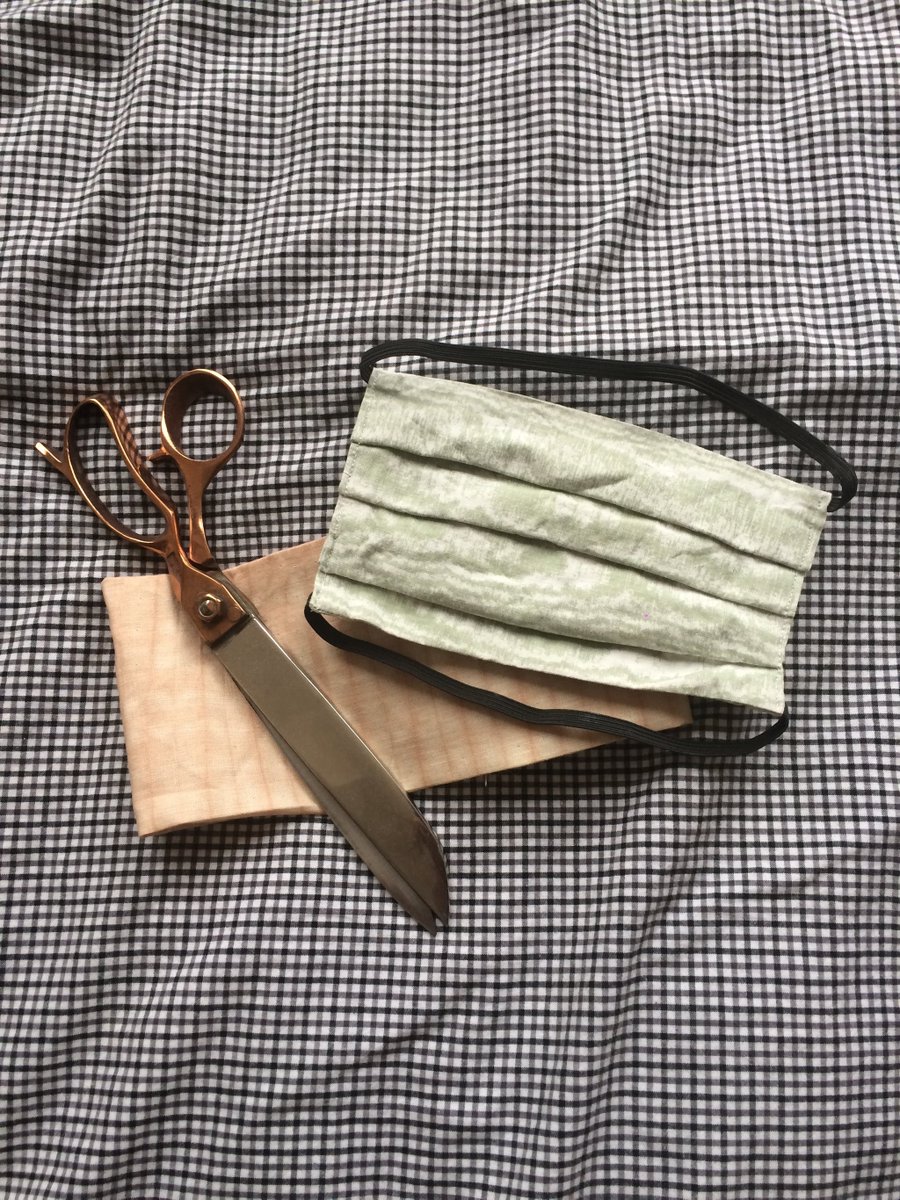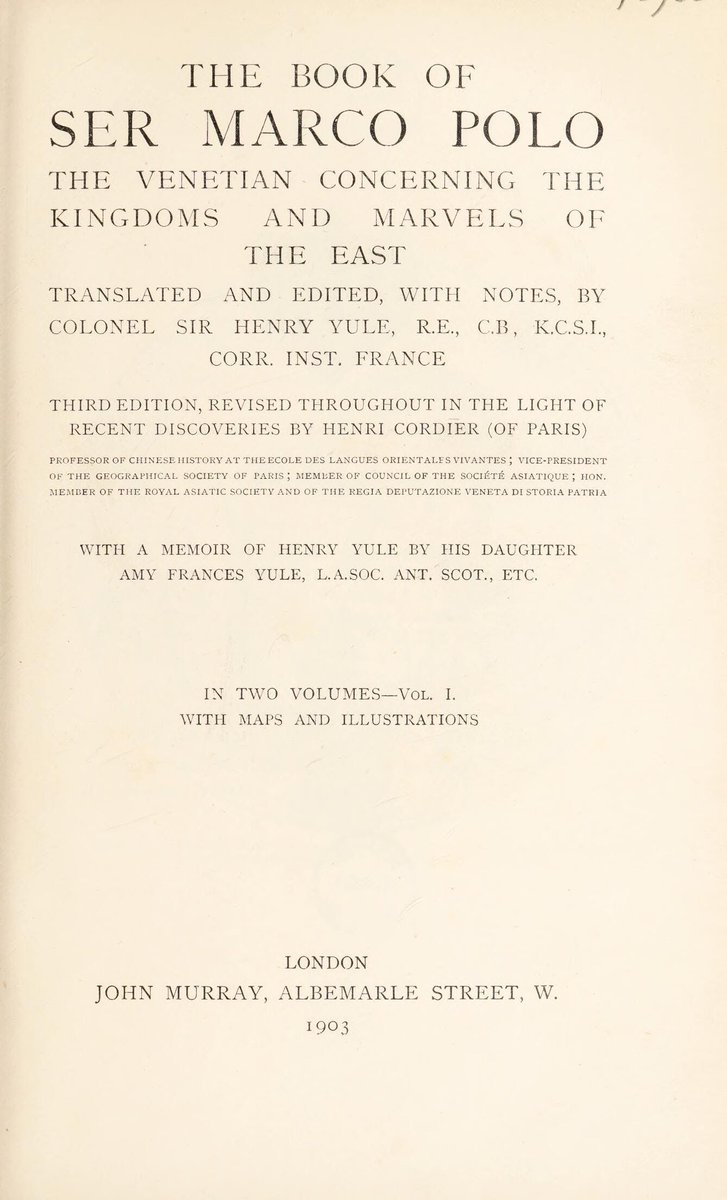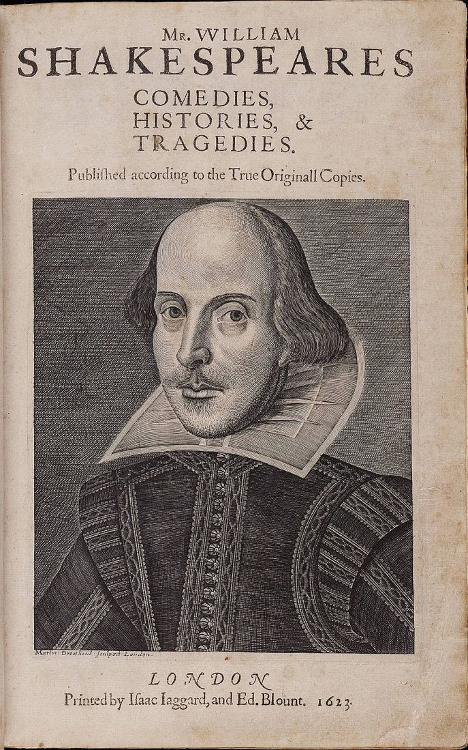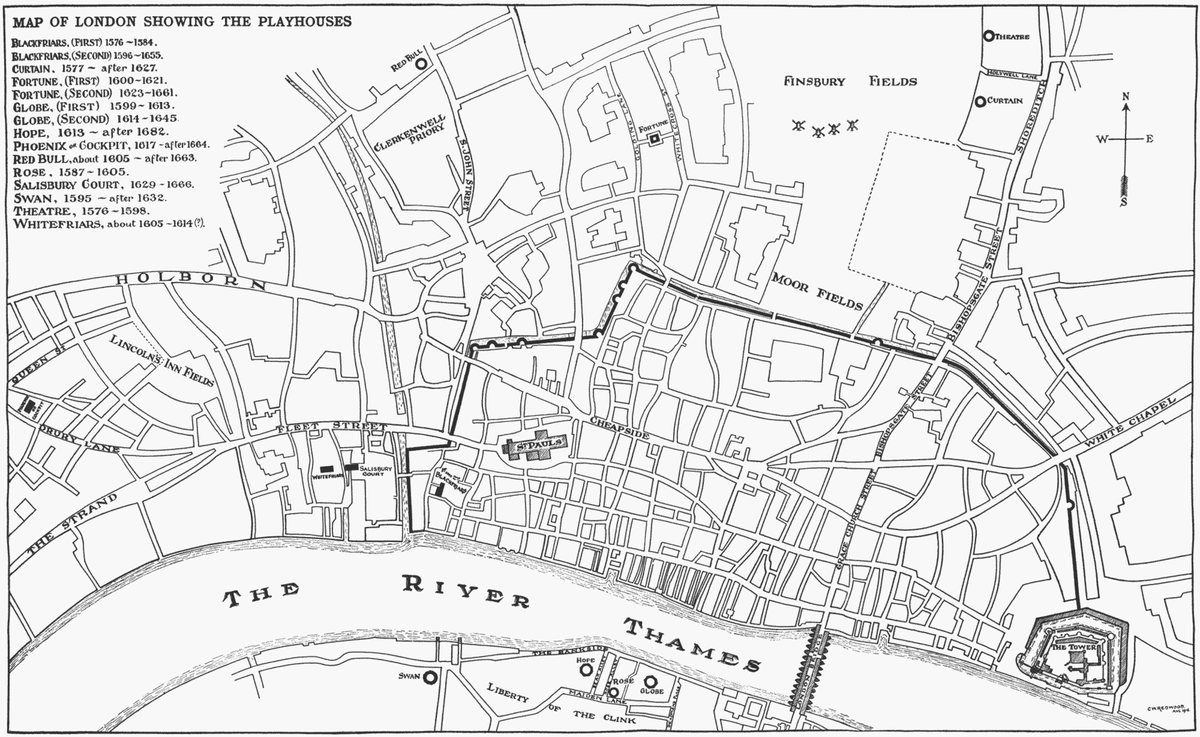Brook Advisory Centres provided relatable sex-education information to young people, but their popular material sometimes resulted in criticism from politicians and the media. [THREAD]
#SexEd #HealthEd #SexualHealth
#SexEd #HealthEd #SexualHealth

Information on contraception and sexuality for young people has always been a contentious topic in the UK. Even today, sex education and relationships at school are hotly debated, and new guidance remains desperately limited. 

The first UK institution to tackle this lack of information for young people was Brook Advisory Service in 1964. Their aims were to “educate young persons in matters of sex and contraception and develop among them a sense of responsibility in regard to sexual behaviours”.
Until 1964, only married people were allowed into Family Planning and Marie Stopes clinics. Brook broke with this tradition and officially allowed young unmarried people to obtain advice and contraception for the first time. 

In 1974, Brook designed its first informational leaflet. Combining detailed visual depictions of contraceptive methods with informative text explaining how they worked, it provided evidence-based information about the advantages and disadvantages of each, as well as failure rate. 

It also offered a list of Brook branches where young people could obtain contraceptives. More than 30,000 copies circulated in 1974, and the leaflet was updated based on the latest scientific studies in 1977 and 1979.
The educative work done by Brook proved popular, and members were regularly invited to give sex-education talks in schools across Britain. Sex education was the responsibility of the Health Education Council from 1968 onwards. 

In 1976 Brook Birmingham created a safe-sex kit for use by teachers, speakers and group leaders. The kit was made up of 48 slides, a cassette tape, some accompanying notes, the aforementioned ‘Safe Sex’ leaflet and a set of contraceptive samples. 

In 1980 the first contraception teaching pack designed by the unit was produced. It offered advice and material for teachers to use when introducing the topic of contraception. Three main themes were covered: biology of sex, methods of contraception, and use of contraception. 

Each of them was arranged around resource materials that featured visual graphics. For instance, the leaflet ‘A Look at Your Body’ combined a frontal depiction of the male and female genitals with an identification of the different anatomical parts.
However, one leaflet triggered widespread condemnation and Brook was told to remove it from teaching packs or lose government funding for the Education and Publications Unit. Entitled ‘A Look at Safe Sex’ (1978), the booklet was designed for people with learning impairments. 

10,000 copies of the booklet were printed, 800 of which were distributed to officials and teachers in order to assess its acceptability and efficiency as a teaching aid for people with limited reading skills.
For the purpose of providing “simple and explicit” information, the leaflet depicted frontal nudes and erect penises alongside both Latin terminology and “back-room language”. It also showed graphic depictions of the different methods of birth control and how to use them.
‘A Look at Safe Sex’ proved popular, and another 7,000 copies were distributed the same year, but in 1980 the booklet attracted negative attention from politicians due to its straightforward approach to contraception. 

The Tory MP James Pawsey stated that the pack “contained some of the most pornographic material I have ever seen”. Pawsey was outraged that the leaflet did not contextualise the sexual relationship in a broader moral framework but instead used the language of young people.
Despite the need to educate young people about contraception, explicit visual materials were censored, indicating the boundaries of what was acceptable in sex education at a time when the media was increasingly using explicit imagery of young people to attract consumers. 

Read the full article by @carorusterholz on Wellcome Stories. wellcomecollection.org/articles/YT9od…
• • •
Missing some Tweet in this thread? You can try to
force a refresh



















